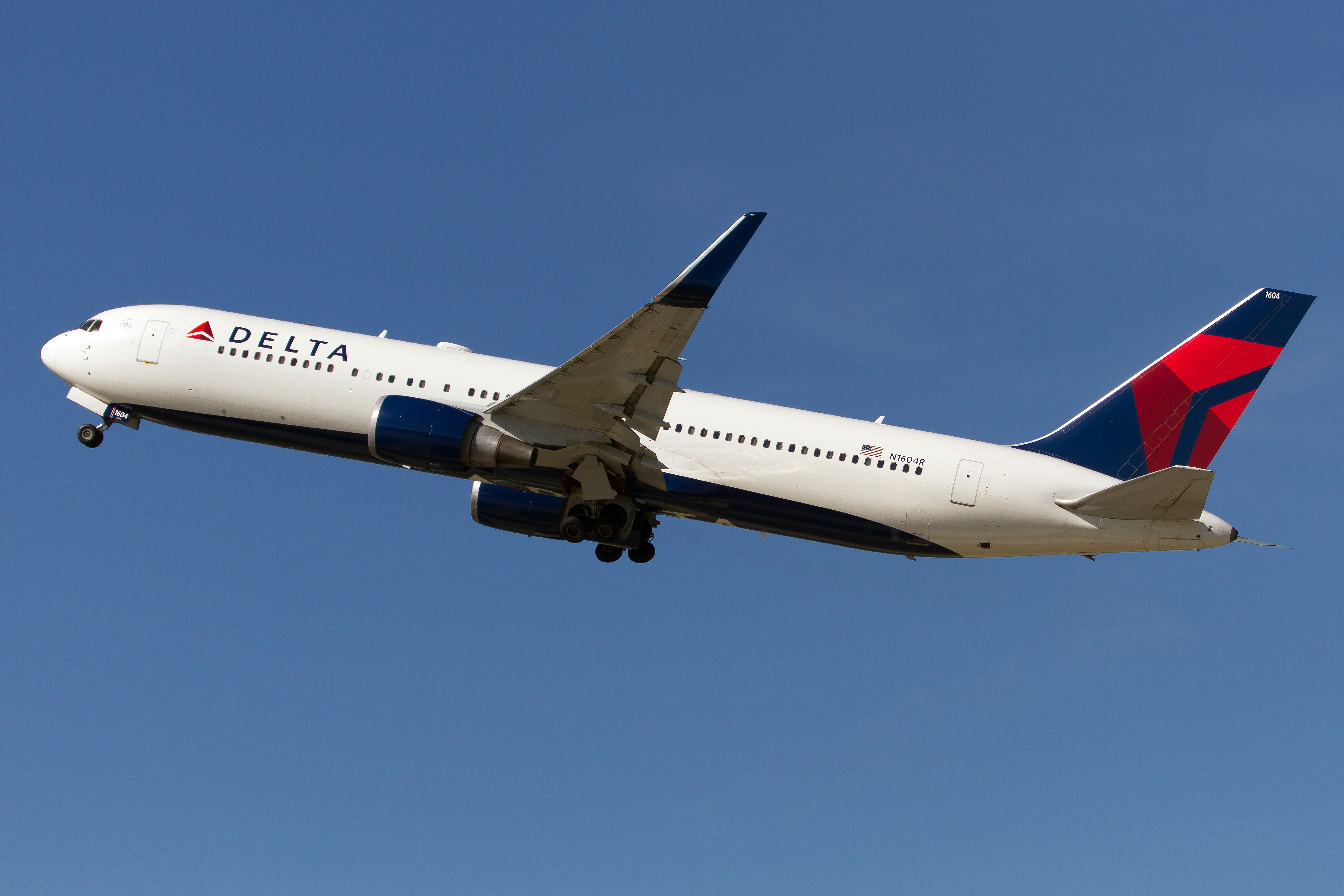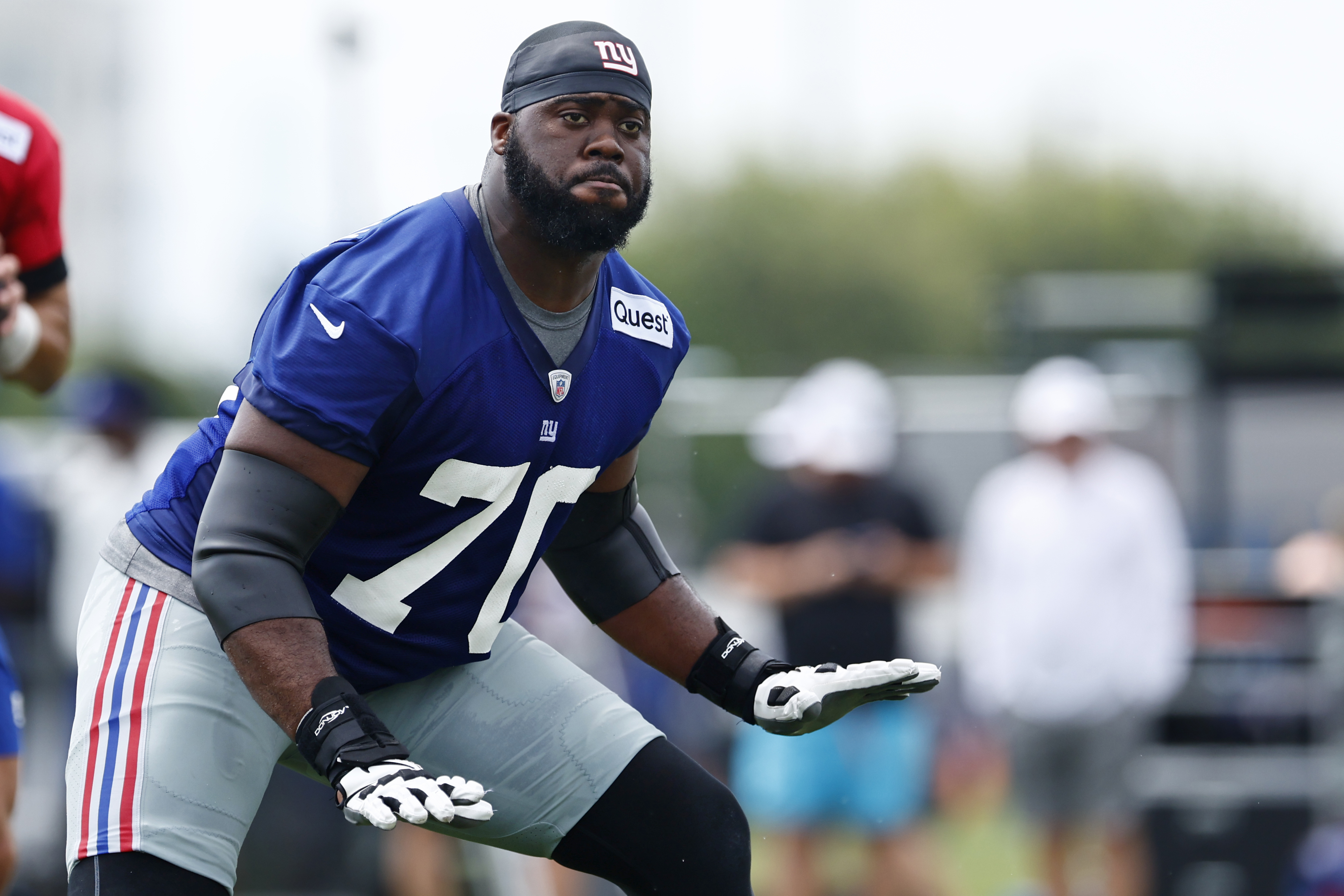Tourists from all over the world love to see New York City from atop open-air double-decker sightseeing buses, but the noisy loudspeakers aboard have driven New Yorkers who live in those landmark neighborhoods to wear ear plugs inside and keep their windows shut tight.
The New York City Council was to vote Thursday on legislation that would require sightseeing buses that use only headphones to have sound systems. A phase-in period would begin in July 2011, and by July 2015, all open-air sightseeing buses operating citywide would have to use headphones.
New York City's sightseeing bus fleet has grown rapidly since the buses first appeared on streets in the early 1990s, and efforts to quiet their noisy loudspeakers have also persisted for years, particularly in more residential neighborhoods like the West Village, SoHo and Chinatown in Manhattan and parts of Brooklyn.
"It's unbearable, it really is," said Ellen Peterson-Lewis, who has lived in Manhattan's West Village for 50 years.
Even Mayor Michael Bloomberg, who typically says "so what" to most complaints about New York, allowed recently that when buses lumber by, "You can hear somebody saying, 'And there's this building and there's that building' ... and it's annoying to some people."
Tour operators say the proposed regulations would be costly and have told the city they would prefer to address specific neighborhood concerns rather than have a citywide law.
Thomas Lewis, president of Gray Line New York Sightseeing, one major tour operator in New York City, pointed out to the council that his buses do not violate the city's strict noise code.
Local
"Some unpleasant sounds by garbage and other heavy trucks, ambulances, fire, police and other emergency vehicles — and tour buses — are one of the consequences of living in the city," Lewis said.
There are certainly many hardened New Yorkers who aren't phased by the bus sounds.
"They don't bother me — I'm used to noise. I live in a city," said Mary Haubrich, a longtime resident of the TriBeCa neighborhood in Manhattan.
The Department of Consumer Affairs, which licenses tour buses, says 12 sightseeing companies operate about 250 buses citywide. Most operate from about 8 a.m. to 9 p.m., with some tours going later into the night.
The typical tour vehicle is a double-decker bus with an open-air top. One company boasts on its website that its buses have speakers under every seat "allowing passengers excellent audio reception of the guide narration even in the open air."
Tickets run about $40 for an average two-hour loop.
New Yorkers living in the neighborhoods popular on tours say they count a bus every four to five minutes on some days during the summer.
"It is a constant, pervasive, persistent noise," said Barbara Backer, whose apartment faces the major tour bus corridor of Bleecker Street. "Some people wear ear plugs in their homes."
Lucy Wilner, who lives in a Brooklyn neighborhood that spans the waterfront near the Brooklyn Bridge, said it's hard to exaggerate how much the bus noise affects the quality of life there.
"The noise and fumes start in early afternoon and are persistent until after 11 p.m.," Wilner said. "The noise created by the PA systems is such that I cannot open my windows for the entire time."



